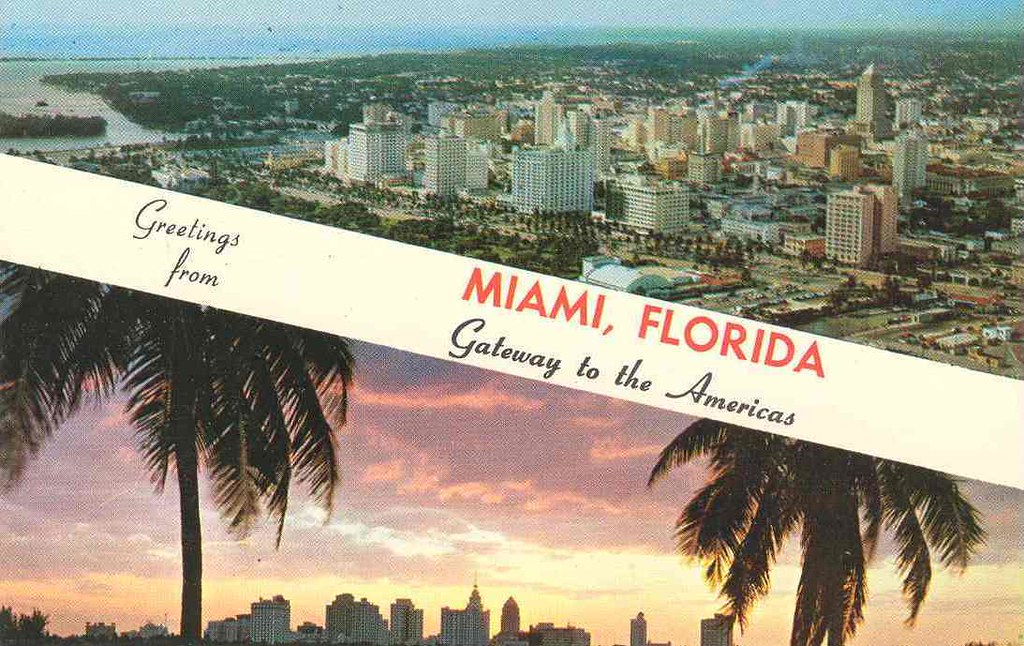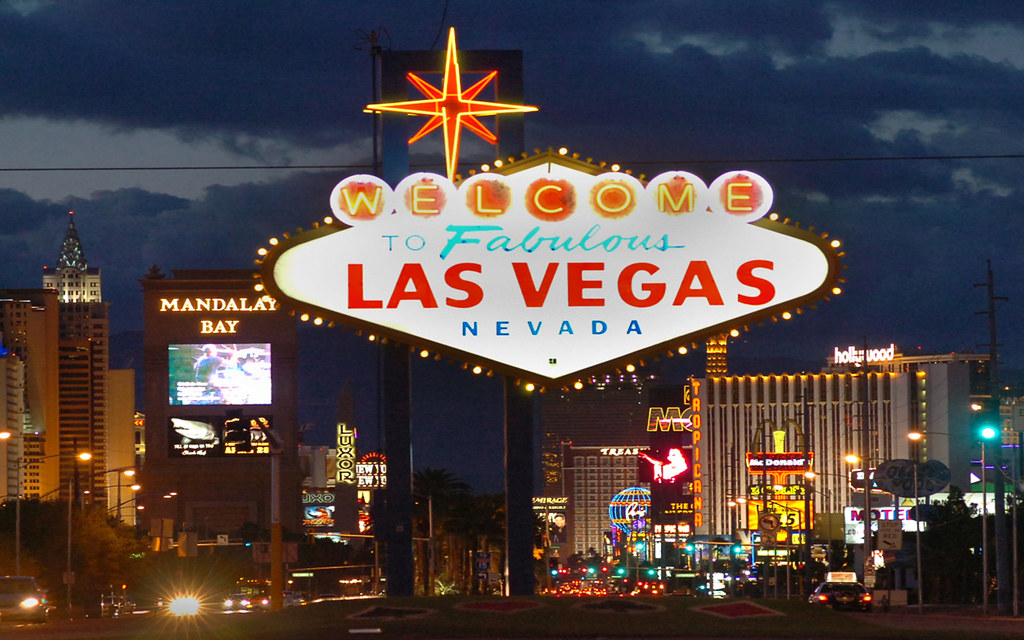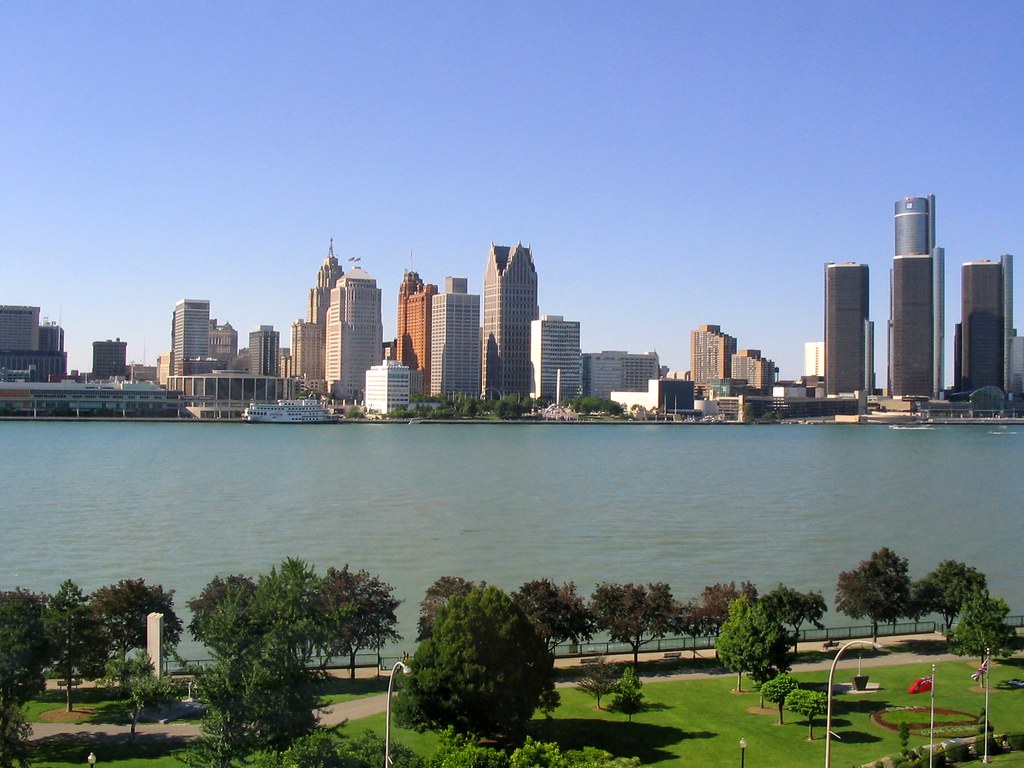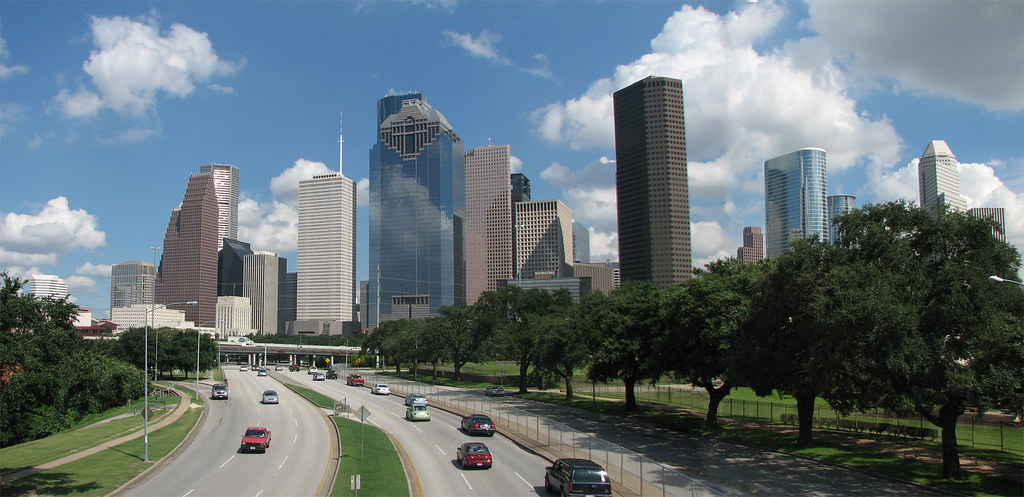This post will focus on 5 large U.S. cities that each claim to be “capitals of the world” in a particular domain. For each city, I’ll do 3 things:
- Identify the claim to fame made by the city.
- Look behind the curtains to determine the reality of the city’s claim.
- Dig a little deeper to determine if the city’s status is a success story or a cautionary tale.
City: Austin, TX
Claim to Fame: Live Music Capital of the World
Reality Check:
It turns out that Austin is ranked as the #3 city in the U.S. for concentration of music industry jobs per 1,000 jobs. For more information, check out this article which explains the geography of music industry jobs. Austin sits just behind Los Angeles (#2), but no other city is even close to Nashville, the #1 city for music industry jobs.
Success Story or Cautionary Tale? Answer: Success Story
So, what has this meant for Austin? Austin has really taken advantage of its status as a premier city for live music. Austin boasts major events like the South by Southwest (SXSW) Music Festival and the Austin City Limits (ACL) Music Festival. The city also has been able to successfully leverage its live music appeal to help drive positive perceptions with Millennials. In fact, the Austin-Round Rock metro area has a higher percentage of residents in the 25-34 age cohort (this includes all Millennials) than any of the other 100 largest U.S. metro areas. The city’s status as a major live music city fits well with some of the other things it is known for: a major hub for entrepreneurs, high-tech companies, and young professionals seeking an active lifestyle.
City: Miami, FL
Claim to Fame: Gateway to the Americas (Also “Capital of Latin America”)

Gateway to the Americas
Reality Check:
Miami really is in many ways the gateway to Latin America. If you look at international flights, for example, you might be surprised that Miami International Airport (MIA) is the #2 airport in the U.S. in terms of total international passengers, behind only New York’s JFK International Airport. That’s right, MIA has a greater absolute number of international air travelers than even the major hubs like LAX, Chicago O’Hare, and even Atlanta Hartsfield-Jackson, the world’s busiest airport in terms of total traffic. All three of these airports have a much higher amount of total passengers than MIA. And MIA has direct flights to 71 destinations in Latin America (Caribbean, Mexico, Central America, and South America), far more than any other U.S. airport.
Further evidence of Miami’s role as a gateway city is the percentage of foreign-born residents. Foreign-born residents account for 57.3% of the total population in the city of Miami, making it the second highest among the 100 largest U.S. cities. This is a far higher proportion than even the traditional immigrant gateway cities like New York (37.6%), Los Angeles (38.6%), and San Francisco (35.9%). So, if Miami is #2 in foreign-born residents, which city is #1 among the 100 biggest? Get this- Hialeah, FL, a close-in suburb of Miami with 72.4% of its residents born outside of the U.S.
Success Story or Cautionary Tale? Answer: Success Story, for the Most Part
Miami’s role as the most important gateway to Latin America provides the city with numerous benefits. Some of the most direct benefits related to its status as a “melting pot” are ethnic and cultural diversity as well as a steady influx of immigrants that fuels the Miami region’s population and economic growth. Miami’s role as a gateway city also contributes to and builds on its function as a tourism destination. Lastly, Miami’s importance as a Latin American hub is a major factor that helps spur economic development tied to international businesses and foreign direct investment. Many Latin American corporations seeking a U.S. presence often set up shop in Miami for their U.S. operations. One downside for Miami is the rising tide of poverty and the ongoing “brain drain” of local talent leaving South Florida for other parts of the U.S. Read more about these two challenges here.
City: Las Vegas, NV
Claim to Fame: Sin City (Also “Entertainment Capital of the World”)

Sin City
Reality Check:
There is no disputing Las Vegas’s status as a preeminent entertainment/tourism city. According to Thrillist 7 of the 10 largest hotels in the world are in Vegas. And 15 of the 25 largest hotels in the world are in Vegas. And Las Vegas is also the premier gambling market in the U.S., with more than twice as much annual revenue than the #2 market, Atlantic City, NJ, according to the American Gaming Association.
Success Story or Cautionary Tale? Answer: Success Story and Cautionary Tale
Obviously tourism is a HUGE industry in Vegas, driven by the entertainment industry (casinos, performances, major conventions, etc.). But Vegas has failed to diversify its economy…putting its prosperity at risk. The experience of Las Vegas during the last couple decades proves this point. During the 1990s and most of the 2000s, the Las Vegas region was the fastest growing large metro area in the U.S. The Las Vegas metro area grew from about 850,000 residents in 1990 to nearly 2,000,000 in 2010, more than doubling its population in just 20 years. This rapid growth was driven primarily by the region’s entertainment industry, but was also fueled by an over-heated housing market and construction sector. During the boom years, the Vegas economy seemed untouchable. Even with its nation-leading growth rates, the region’s unemployment rate remained remarkably low, hovering just at or below the U.S. rate for most of this period…until the Great Recession. The Vegas housing market took a big hit and its entertainment sector suffered a major downturn. Beginning in 2008, the Las Vegas region’s unemployment rate spiked way above the national rate, peaking at 14.2% in 2010, and it remains well above the U.S. rate (Las Vegas region at 9.4% in Oct. 2013 compared to a U.S. rate of 7.2%).
City: Detroit, MI
Claim to Fame: Motor City USA (Also “Automotive Capital of the World”)
Reality Check:
The Detroit metro area is still the epicenter of the North American automotive manufacturing industry. The Detroit metro area accounts for over 90,000 jobs in automotive manufacturing, out of 1.5 million total jobs in the region. Detroit’s ratio of auto manufacturing jobs to total jobs is about 4.5 times higher than the U.S. average, a clear indicator that the car is king in the Motor City’s economic base. And Detroit also retains the global HQ of General Motors and Ford, ranked #7 and #10, respectively, in the Fortune 500. Not to mention several other Fortune 500 transportation industry titans based in the suburban areas of the Detroit region: Penske Automotive Group, TRW Automotive Holdings, Con-Way, Lear, Autoliv, Visteon, and BorgWarner.
Success Story or Cautionary Tale? Answer: Cautionary Tale
Detroit is still the undisputed champ of the U.S. auto industry, but the region has long suffered from its lack of economic diversity. Detroit’s story is a cautionary tale for many other cities that are currently enjoying a strong economy driven by a single industry. Times are great when your one industry is doing well, as it was in Detroit in the 1940s and 1950s when the Motor City was one of the biggest and most vibrant cities in the U.S. In fact, from 1920 to 1940 Detroit was the 4th largest U.S. city, and it remained the 5th largest city from 1950 to 1970. As of 2012, Detroit has dropped way down the list to 18th largest city. It is the only city to have ever reached the 1,000,000 mark in population and subsequently drop down below that mark. Even worse, Detroit came close to the 2,000,000 mark around 1950 before its population decline. Detroit is by no means the only U.S. city where such a dramatic economic decline took place…but it is the by far the largest and most well-known. Because of this, it is a great lesson for many other communities to learn from. When your one industry falters, and if your city hasn’t developed other major economic sectors, times will be tough.
City: Houston, TX
Claim to Fame: Energy Capital of the World
Reality Check:
Nearly half of all Fortune 500 energy companies are headquartered in Houston. Houston accounts for 21 of the 45 Fortune 500 company HQs that are in the energy industry (I’m including Fortune’s sectors defined as: Energy, Mining/Crude Oil Production, and Pipelines). Houston’s importance to the global energy industry is astonishing and almost without parallel. The only other U.S. city that rivals Houston’s domination of a single industry is New York’s preeminence in the financial sector.
Success Story or Cautionary Tale? Answer: Success Story
It’s easy to deem Houston’s status as Energy Capital of the World as a success story in today’s environment because the Houston region’s economy is one of the strongest, fastest-growing economies in North America. In the last several years, no other large U.S. region has quite been able to match Houston in its magnitude job growth and population growth, in both absolute numbers and percentage growth. And there is also no question that much of this growth has been driven by the energy industry. So, is 2014 Houston a mirror image of 1950 Detroit? Just a different economic sector driving its prosperity? Not exactly. Houston has been able to diversify its regional economy in a way that Detroit never did. Just look at Houston’s long list of other Fortune 500 company HQs that sit outside of the energy industry – Sysco, Waste Management, Group 1 Automotive, etc.. Or, look at the Port of Houston, the 2nd busiest in the U.S. based on cargo tonnage. Or look at the Texas Medical Center, the world’s largest hospital/medical R&D complex with over 100,000 employees. However, Houston must continue and expand on its economic diversification efforts to avoid the problems that have plagued cities like Detroit, Las Vegas, and other cities that are defined by a single industry.
Your City’s Claim to Fame Should Be Aspirational and Reality-Based
Bottom line: for the claim to fame to actually work, there must be enough truth in the statement. But it is okay (perhaps even preferable) for the sell to include a bit of aspiration. Is Austin really the Live Music Capital of the World? This is an extremely bold statement, one that would be difficult to live up to. And according to the hard numbers, Nashville is more of a music city than Austin. But there is no doubt that Austin is one of the preeminent cities when it comes to live music. So, the sell is close enough to reality to make it believable.
Your City Needs to Aggressively Diversify its Economy, Especially if Your Economy is Booming
More importantly, cities must be sure to not paint themselves into a box. So many people look at Detroit’s dramatic decline in its economy and population and believe it is just a sign that all Rust Belt cities are doomed to decline, but this is not the reality. Many Rust Belt cities have sustained steady economic and population growth levels for decades…places like Minneapolis/St. Paul, Madison, Chicago, Columbus, Indianapolis. The real reason for Detroit’s decline is quite simple, and has nothing to do with its cold climate and its Rust Belt location: an extreme over-reliance on a single industry, an industry that has declined nationally for decades. Today’s boom-towns, places like Midland-Odessa, TX (the two fastest growing metro areas right now because of a major oil/gas boom), can take this lesson to heart. The message learned from Detroit’s example, and Las Vegas now as well, is that communities must not rest on their laurels during the boom times. When your community is thriving, particularly if your economy is fueled primarily by one industry, now is the time to aggressively diversify into other sectors. And it helps to develop a community brand that supports this effort.







[…] Detroit is well-known in American culture as The Motor City, Motown, and Detroit Rock City. These days, it is perhaps most well-known for its dramatic decline in population over the last several decades. Despite what many people believe, Detroit’s problems are not simply due to its location in the heart of the Rust Belt region of the Midwestern U.S. The primary cause of Detroit’s economic and population decline has been its lack of economic diversification and extreme dependence on a single industry: the automotive sector. I’ve written more about this here. […]